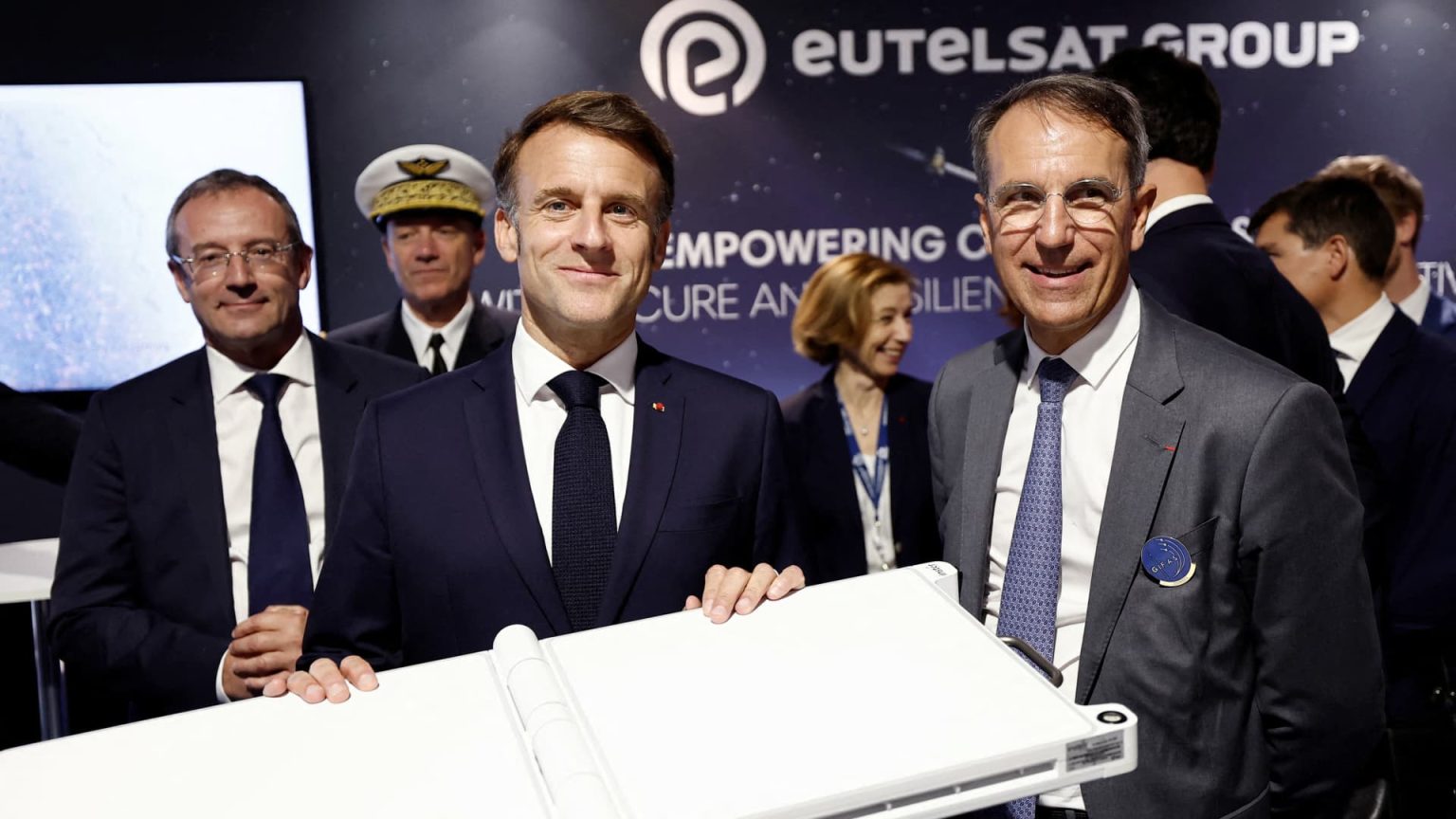France is positioning its telecommunications firm, Eutelsat, as a cornerstone in the European Union’s strategy for technological sovereignty, particularly in the satellite communications sector. In a significant move, the French state led a 1.35 billion euro ($1.58 billion) investment effort in Eutelsat, enhancing its stake to around 30%. This initiative comes amid growing competition from the U.S.-based Starlink, operated by SpaceX, which has a vastly larger satellite infrastructure.
| Article Subheadings |
|---|
| 1) The European Push for Satellite Connectivity |
| 2) Challenges of Competing with Starlink |
| 3) The Role of Eutelsat in International Affairs |
| 4) Technical Differences between Eutelsat and Starlink |
| 5) Future Prospects for Eutelsat |
The European Push for Satellite Connectivity
The move by France to invest in Eutelsat aligns with a broader ambition among European nations to foster a homegrown satellite internet service that can compete with the U.S. offerings. As countries like the U.S. continue to expand their satellite infrastructure, Eutelsat’s merger with OneWeb aims to consolidate efforts in building a robust satellite network in Low Earth Orbit (LEO). According to industry insiders, this investment positions Eutelsat not just as a commercial entity but as a strategic asset in the battle for technological independence. Furthermore, Eutelsat operates a network that is crucial for various sectors, including defense and emergency communications, reinforcing its importance in Europe’s technological strategy.
Challenges of Competing with Starlink
Eutelsat’s task of rivaling Starlink, which boasts a constellation of over 7,000 satellites, is not without its challenges. The company’s current market capitalization is approximately 1.6 billion euros, significantly dwarfed by the estimated value of SpaceX, pegged at around $350 billion in 2022. Analysts suggest that Eutelsat needs to not only increase its satellite numbers significantly but also upgrade the technology within its existing fleet. The introduction of new LEO satellites requires heavy investments, as many existing satellites are nearing the end of their operational lifespans. The competitive landscape is such that Eutelsat will need to show substantial scalability in its operations to even begin to catch up with Starlink’s expansive network.
The Role of Eutelsat in International Affairs
Eutelsat’s strategic position has attracted attention on international fronts as well, particularly in the context of the ongoing conflict in Ukraine. French President Emmanuel Macron has emphasized the importance of satellite technology in demonstrating national power. Following a significant investment from France, Eutelsat stated its potential role in providing satellite services as an alternative to Starlink, especially in conflict zones where connectivity is crucial. Eutelsat has been mentioned in discussions to fill gaps in satellite internet provision where Starlink has been prominently featured, particularly within the framework of defensive communications for Ukraine. Nonetheless, the company has publicly acknowledged its current limitations in matching Starlink’s capacity.
Technical Differences between Eutelsat and Starlink
Eutelsat operates using a dual system of geostationary (GEO) and LEO satellites, contrasting sharply with Starlink’s entirely LEO-based network. The technical structures of the satellites differ as well; while OneWeb utilizes a bent-pipe architecture, Starlink’s design offers superior data handling capabilities. Such distinctions yield varied use cases—Eutelsat’s geo-stationary satellites can provide dedicated coverage for remote areas like the Arctic and Antarctic regions, where other satellite communications may struggle. The disparity in satellite architecture and design indicates that even though Eutelsat is ramping up its investment in LEO satellites, it remains a fundamentally different entity from Starlink.
Future Prospects for Eutelsat
Looking forward, Eutelsat is set to undergo operational improvements, which it hopes will include a differentiated marketing approach aimed explicitly at European clients. Some analysts predict that government investments may increase further from European nations seeking to strengthen their technological assets. Even though the road ahead is fraught with challenges, Eutelsat is optimistic about its ability to serve sensitive and enterprise segments that prioritize sovereignty over capacity alone. The company is also eyeing collaborations that could further enhance its operational capabilities and bolster its position in the European satellite communications market.
| No. | Key Points |
|---|---|
| 1 | France’s investment in Eutelsat aims to boost European satellite technology and reduce reliance on U.S. systems. |
| 2 | Eutelsat currently operates 650 LEO satellites, significantly fewer than Starlink’s 7,600 satellites. |
| 3 | Eutelsat is transitioning from a commercial telco to a strategic entity with national importance in Europe. |
| 4 | There are significant technical and operational differences between Eutelsat and Starlink, particularly in satellite architecture. |
| 5 | Future investments and operational enhancements could strengthen Eutelsat’s position in the European satellite market. |
Summary
In summary, France’s strategic investment in Eutelsat is a significant move in the context of the European Union’s technological sovereignty, particularly in the satellite communications sector. While competing effectively with Starlink presents serious challenges, the intention to enhance Eutelsat’s capabilities marks an important step toward reducing reliance on U.S. satellite networks. The road ahead requires both investment and innovation to usher in a new era of competitive satellite technology in Europe.
Frequently Asked Questions
Question: What is the significance of France’s investment in Eutelsat?
The investment underscores France’s commitment to establishing a sovereign satellite internet capability within the European Union, aiming to compete with dominant U.S. services like Starlink.
Question: How does Eutelsat’s satellite network differ from Starlink’s?
Eutelsat operates both LEO and GEO satellites, while Starlink exclusively uses LEO satellites. This leads to different service capabilities and technical architectures.
Question: What challenges does Eutelsat face in competing with Starlink?
Eutelsat faces significant hurdles, including a much smaller satellite constellation, limited capital, and the need for substantial technological upgrades.


